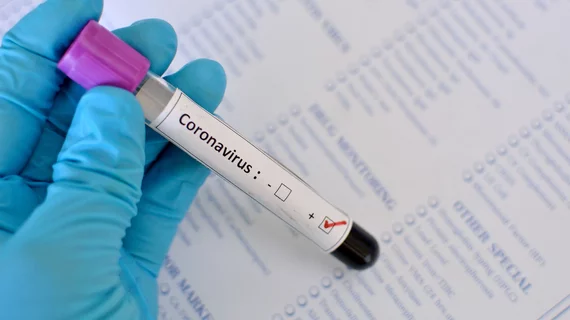CMS outlines coverage benefits for coronavirus
CMS has issued Frequently Asked Questions to provide more information on essential health benefits coverage of the new coronavirus, COVID-19, outbreak. The agency has issued guidance for a number of healthcare settings to prepare professionals and better treat high-risk patients.
The FAQs cover existing healthcare coverage under federal rules and clarify what services related to COVID-19, such as testing, isolation or quarantine and vaccination, are covered as benefits in the individual and small group insurance markets. The publication of the FAQs comes after several health insurers announced they would provide COVID-19 testing without cost to members and treat testing as a covered benefit.
“Amid a serious outbreak like this one, Americans understandably crave the security and peace of mind that comes from understanding exactly how they will be covered.” said CMS Administrator Seema Verma. “Today’s guidance aims to give it to them. Working closely with states and issuers around the country, the Trump Administration will continue to provide pertinent information to strengthen the nation’s response and keep Americans informed.”
CMS also noted it will add to the FAQs as more questions around COVID-19 arise.
Find the FAQs here.

